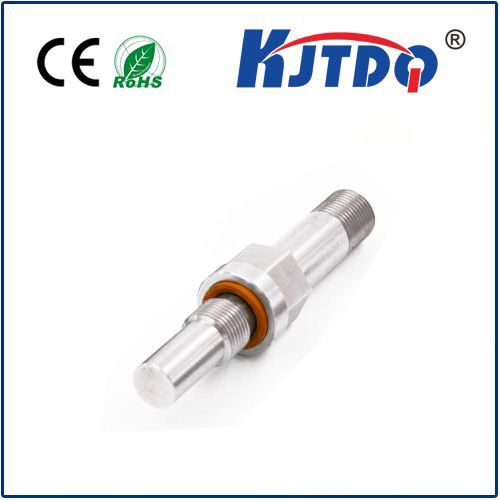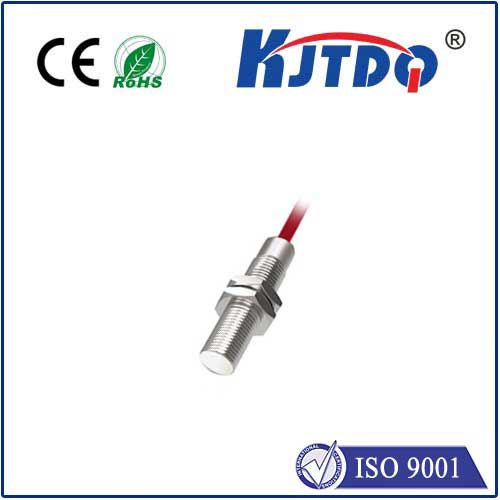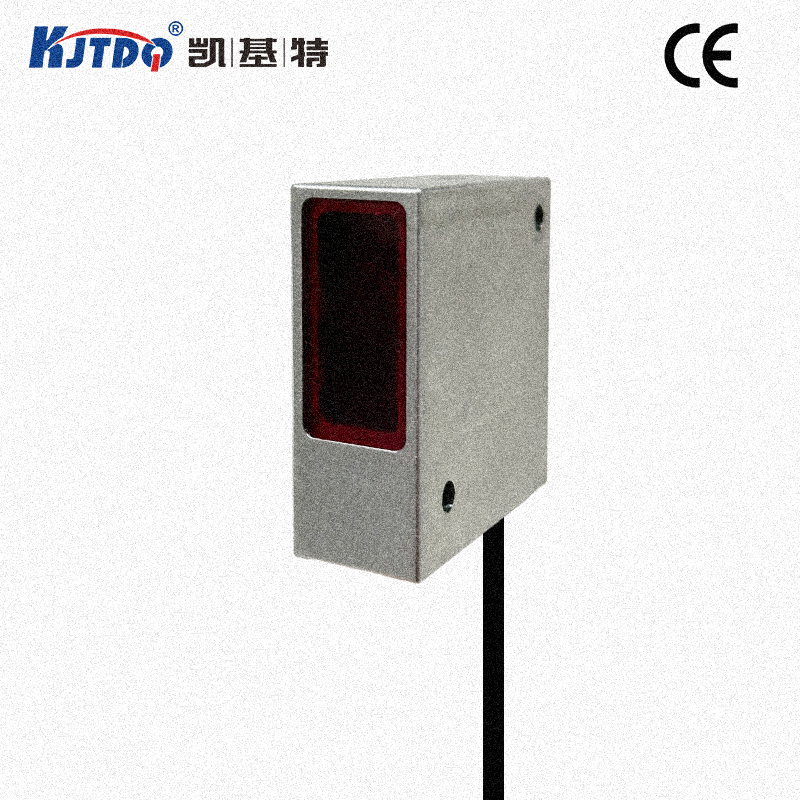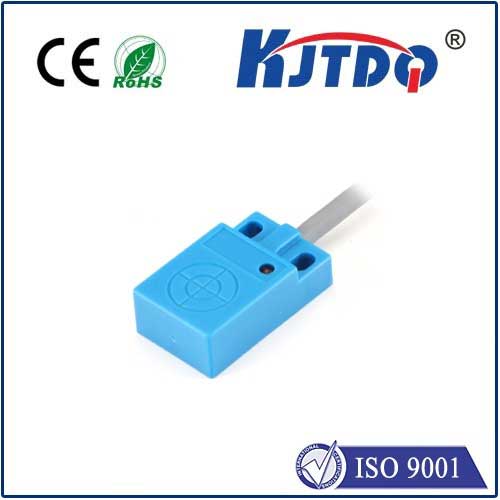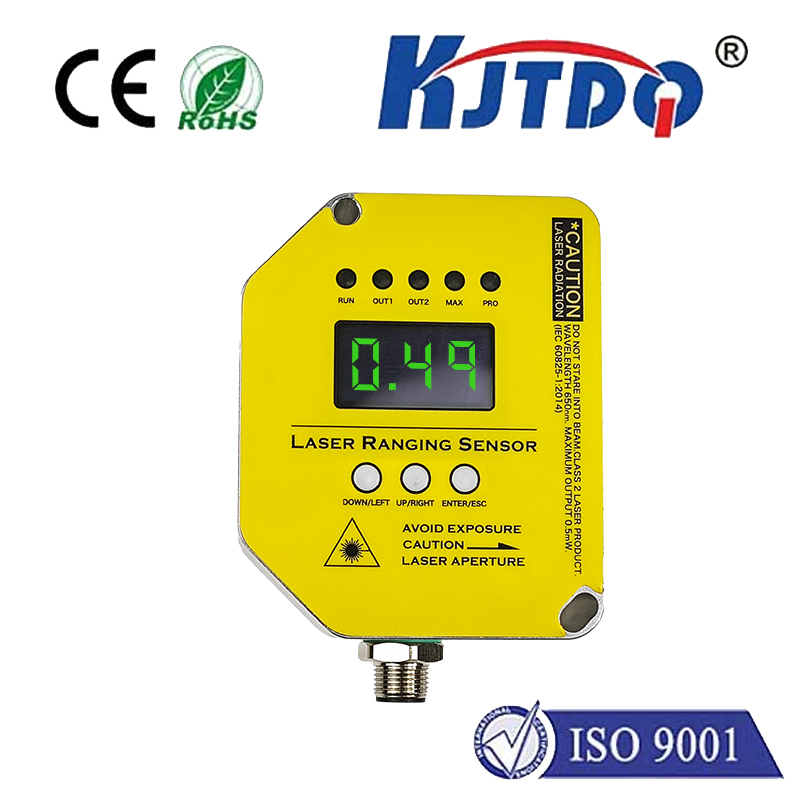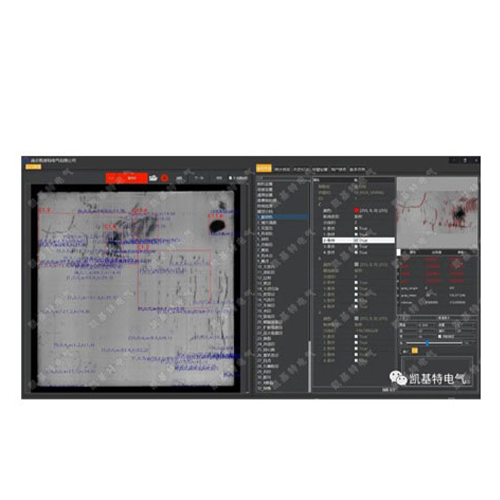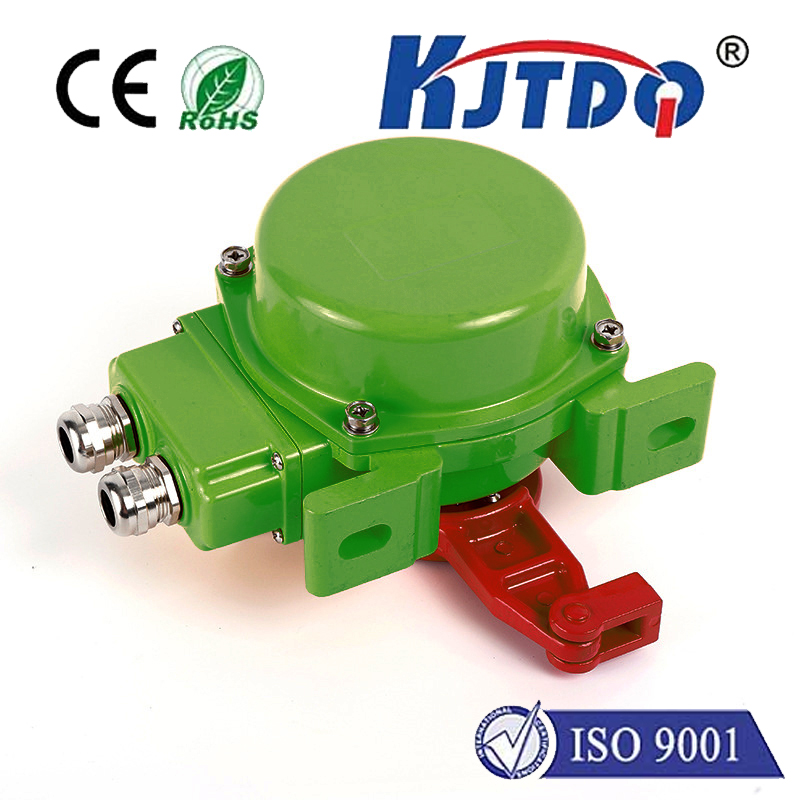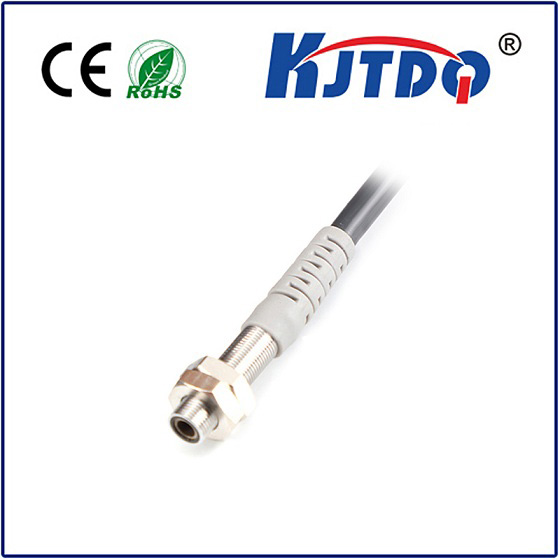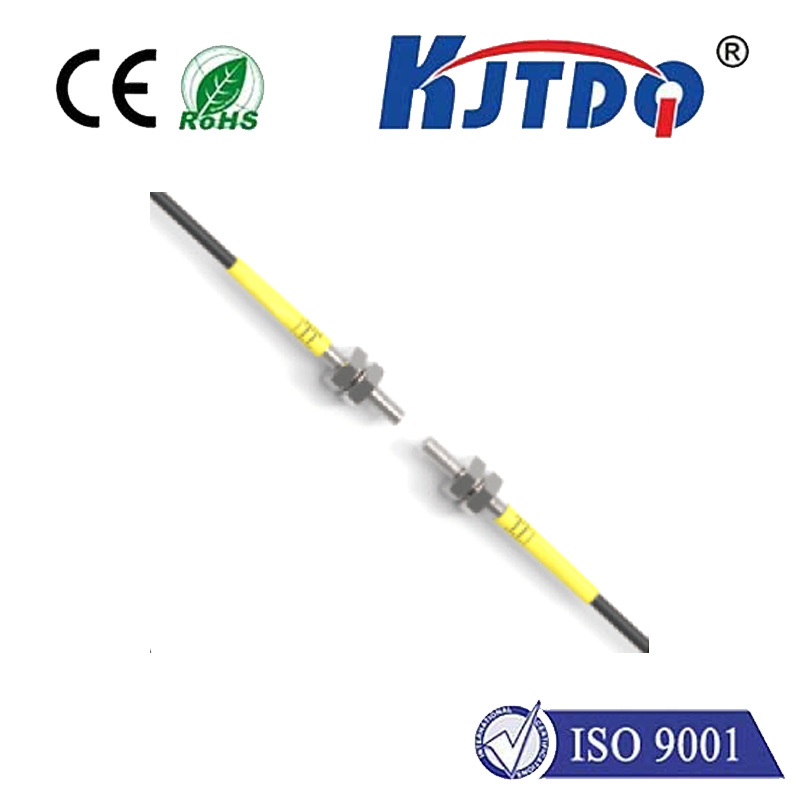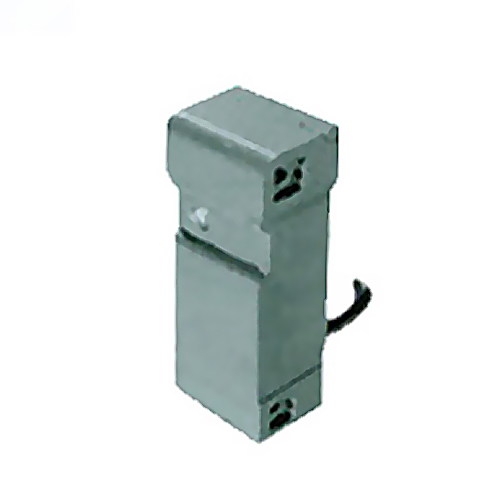sealed limit switch
- time:2025-07-30 15:11:54
- Click:0
Sealed Limit Switch: The Unsung Sentinel of Harsh Industrial Environments
Imagine a critical piece of machinery on a factory floor. Dust hangs thick in the air, coolant splashes unpredictably, and vibrations ripple through the structure. Suddenly, a safety guard is opened, or a conveyor reaches its endpoint. In this demanding world, a standard limit switch might falter, succumbing to contamination or moisture, potentially leading to costly downtime or even a safety hazard. Enter the sealed limit switch: the robust, reliable guardian engineered to thrive where others fail. This specialized component isn’t just a switch; it’s a meticulously protected sentinel, ensuring precise operation and unwavering safety in the toughest conditions.
What Defines a Sealed Limit Switch?
At its core, a limit switch is an electromechanical device designed to detect the presence or absence, position, or end-of-travel of an object. It acts as a vital control point within a larger system. The defining characteristic of a sealed limit switch is its enhanced protection against environmental ingress. Unlike standard open-frame switches, sealed variants incorporate robust measures to prevent contaminants—such as dust, dirt, oil, coolant, washdown fluids, and moisture—from penetrating the internal mechanism and electrical contacts.
This protection is paramount because contamination is a primary cause of switch failure. Dust can gum up moving parts, moisture leads to corrosion and electrical shorts, and chemicals can degrade materials. A sealed limit switch combats these threats head-on, significantly extending its operational lifespan and reliability.

The Shield: Understanding Ingress Protection (IP) Ratings
The effectiveness of a seal is quantified using the Ingress Protection (IP) rating system defined by the international standard IEC 60529. This rating consists of the letters “IP” followed by two digits:
- First Digit (Solid Particle Protection): Ranges from 0 (no protection) to 6 (dust-tight). For sealed switches, ratings of IP65, IP66, IP67, and IP68 are most common.
- IP6X: Guarantees complete protection against dust ingress (dust-tight).
- Second Digit (Liquid Ingress Protection): Ranges from 0 (no protection) to 9K (high-pressure, high-temperature water jets). Key ratings for sealed limit switches:
- IPX5: Protected against water jets from any direction.
- IPX6: Protected against powerful water jets (e.g., deck washing on ships).
- IPX7: Protected against temporary immersion (typically up to 1m depth for 30 minutes).
- IPX8: Protected against continuous immersion under conditions specified by the manufacturer (often deeper/longer than IPX7).
- IPX9K: Protected against close-range high-pressure, high-temperature washdowns.
Choosing a sealed limit switch with the appropriate IP rating is critical. An IP67 switch might be ideal for food processing where washdowns occur, while an IP68 switch is essential for submersible applications or constant exposure to heavy rain. Always match the IP rating to the specific environmental hazards present.
Where Sealed Limit Switches Reign Supreme: Key Applications
The resilience of sealed limit switches makes them indispensable across numerous demanding sectors:
- Food & Beverage Processing: Subjected to frequent high-pressure washdowns with caustic cleaners and significant moisture. Sealed switches prevent contamination and ensure hygiene standards.
- Chemical & Pharmaceutical Manufacturing: Exposure to corrosive chemicals, fumes, and stringent cleanroom requirements demands switches that won’t corrode or leak contaminants. Chemical resistance is often a key material specification here.
- Material Handling & Packaging: Dust from powders, granules, and cardboard, along with impacts and vibrations, are commonplace. Sealed switches provide reliable position detection on conveyors, palletizers, and sorting systems.
- Agricultural & Heavy Equipment: Operating outdoors exposes switches to rain, mud, dust, temperature extremes, and physical shock. Sealed limit switches ensure reliable operation on tractors, harvesters, and construction machinery.
- Wastewater Treatment & Marine Environments: Constant moisture, potential submersion, and corrosive elements necessitate robust sealing like IP67 or IP68.
- Metalworking & Machining: Coolant mist, metal chips, and grinding dust are pervasive threats. Sealed switches protect sensitive internal components.
- Mining & Quarrying: Extreme dust, mud, vibration, and potential water exposure require the highest levels of ingress and impact protection.
Beyond the Seal: Features to Consider
While the seal is paramount, several other factors influence the selection and performance of a sealed limit switch:
- Housing Material: Common options include robust thermoplastics (like Nylon or Polycarbonate), stainless steel (for superior corrosion resistance in harsh chemical or marine settings), and brass. Choice depends on the environment’s chemical compatibility and need for impact resistance.
- Actuator Type: The physical interface with the target object (roller lever, plunger, wobble stick, fork lever). The actuator must be suitable for the force, speed, and nature of the object it contacts. Sealed versions are available for most common actuator styles.
- Electrical Ratings (Voltage/Current): Must be compatible with the load it controls (motors, solenoids, PLC inputs).
- Contact Configuration (SPDT, DPDT): Determines the switching logic (e.g., Normally Open, Normally Closed, changeover).
- Operating Temperature Range: Must withstand ambient temperatures in the application.
- Approvals: Look for relevant safety certifications (e.g., UL, CSA, CE) specific to the industry and location.
- Connection Type: Conduit entries (NPT, PG), quick-disconnect cables, or integrated cables – chosen based on installation ease and environmental needs.
Selecting the Right Sealed Sentinel
Choosing the optimal sealed limit switch involves a careful assessment:
- Identify the Primary Environmental Hazards: Dust? Water spray? Immersion? Chemicals? Temperature extremes? Physical impact?
- Determine the Required IP Rating: Based on step 1. When in doubt, opt for a higher rating (e.g., IP67 over IP65) for greater future-proofing.
- Specify the Actuator: How will the switch be contacted? What force and direction?
- Define Electrical Requirements: Load type (inductive/resistive), voltage, current, contact configuration.
- Consider Mechanical Constraints: Size, mounting style, operating force, pre-travel/over-travel needs.
- Evaluate Material Compatibility: Especially critical for chemical exposure.
- Verify Necessary Certifications: Essential for regulated industries.
The Value Proposition: Reliability is Paramount
Investing in sealed limit switches goes beyond simply buying a component. It’s an investment in operational uptime, safety, reduced maintenance costs, and long-term system reliability. By effectively blocking the entry points for destructive contaminants, these switches deliver consistent, accurate performance where it matters most – in the challenging heart of industrial processes. They are the unseen, yet crucial, safeguard that keeps machinery running smoothly, protects personnel, and ensures production lines hum efficiently even under the most adverse conditions. When your application demands unwavering performance despite dust, moisture, or chemicals, specifying a properly rated sealed limit switch isn’t just a good choice; it’s the essential one.






